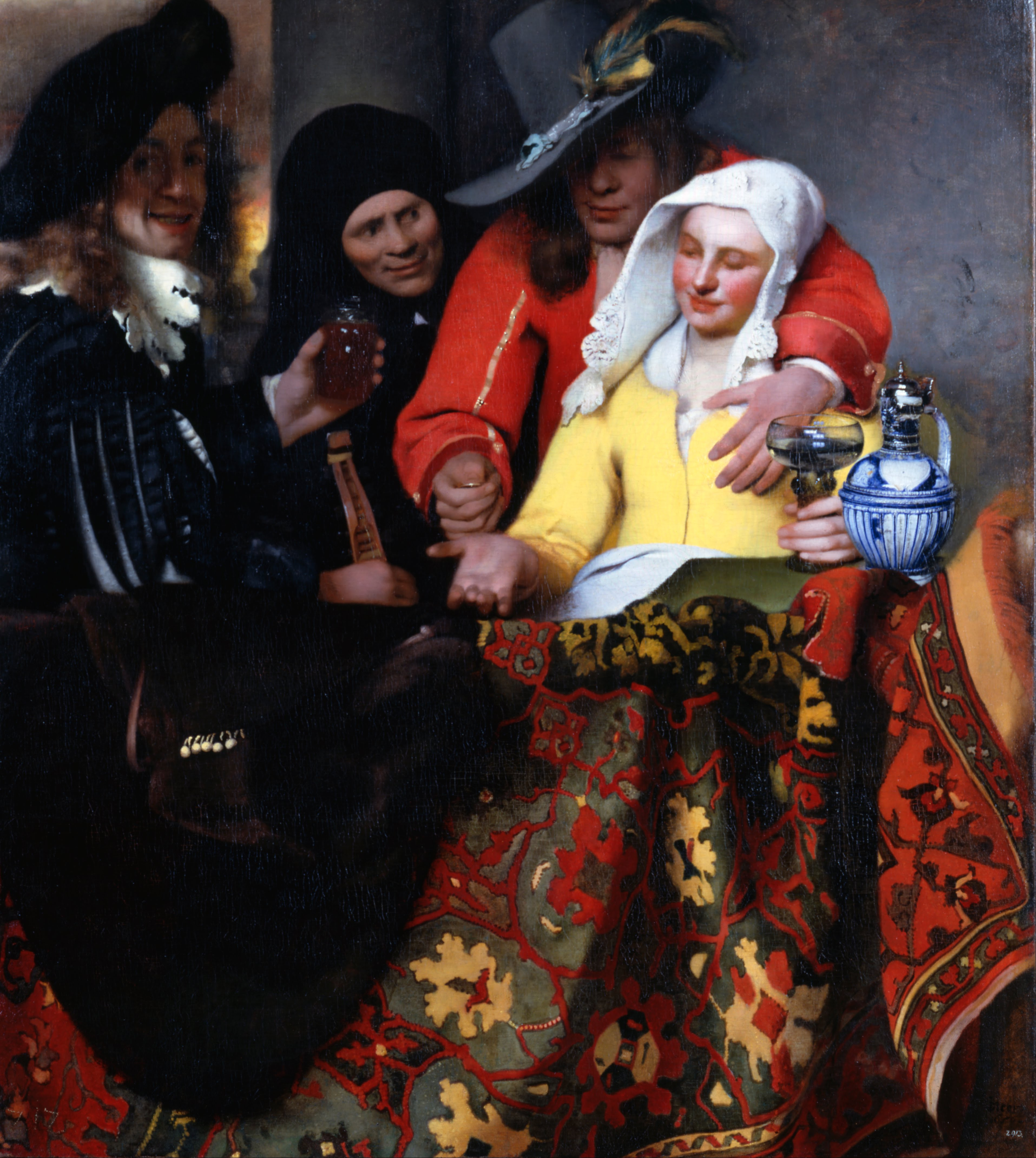Johannes Vermeer
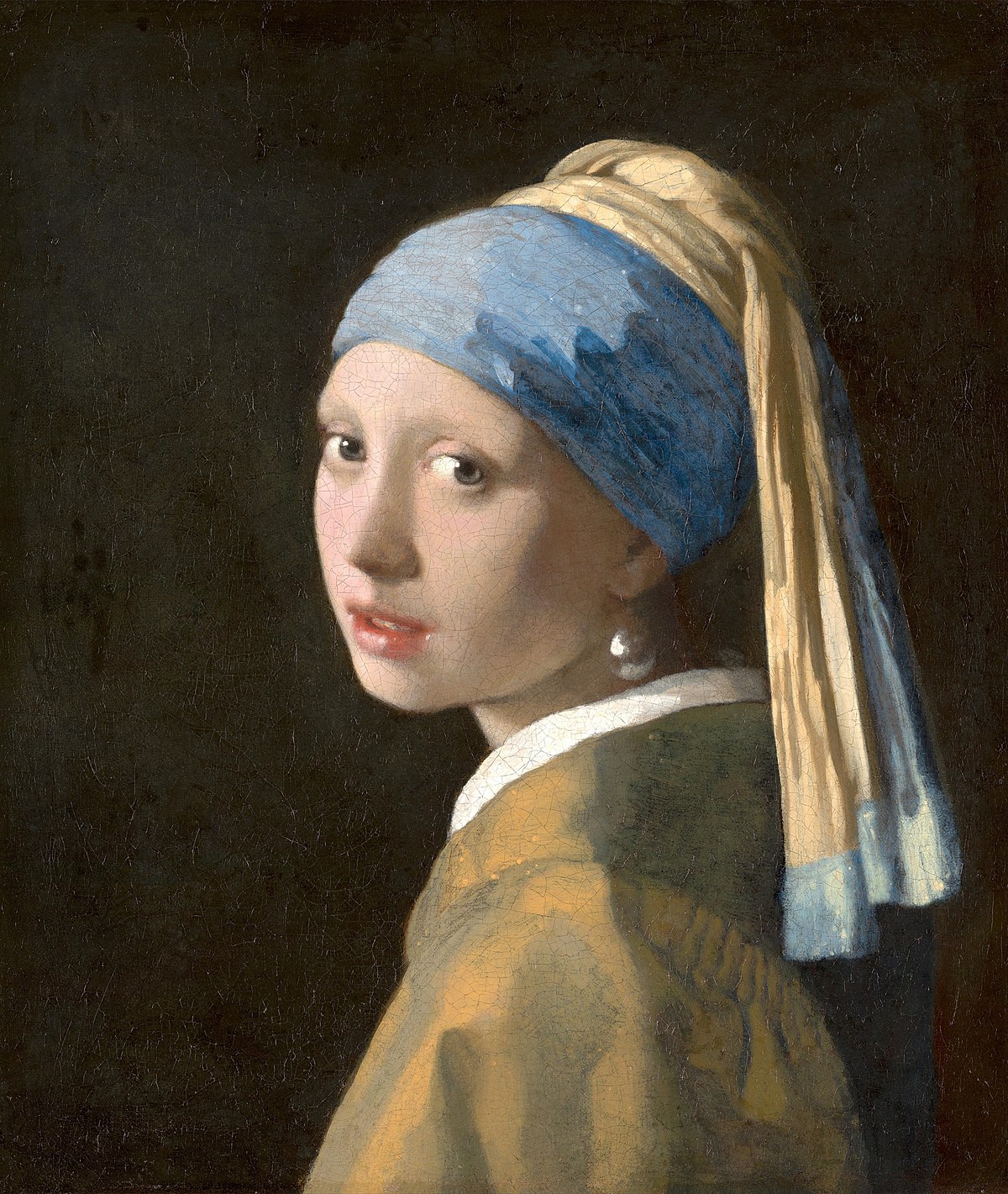
Johannes Vermeer, born in 1632 in Delft, Netherlands, spent his life creating works of astonishing subtlety and light. Though only 34 paintings are definitively attributed to him, his influence stretches across centuries. He didn’t seek grandeur—he found it in the ordinary. Vermeer painted quiet moments: a girl reading a letter, an artist in his studio, the soft laughter shared over wine. These slices of domestic life are rendered with such care and luminosity that they’ve become touchstones of beauty, intimacy, and precision.

Vermeer is most often remembered for his celebrated work 'Girl with a Pearl Earring,' often dubbed the 'Mona Lisa of the North.' It’s not just a portrait—it’s an enigma. Her parted lips, turned glance, and glowing earring invite us into a mystery we’ll never solve. Technically, it’s a tronie, a stylized character study, not a commissioned likeness. But it lingers in public memory like a secret waiting to be whispered.
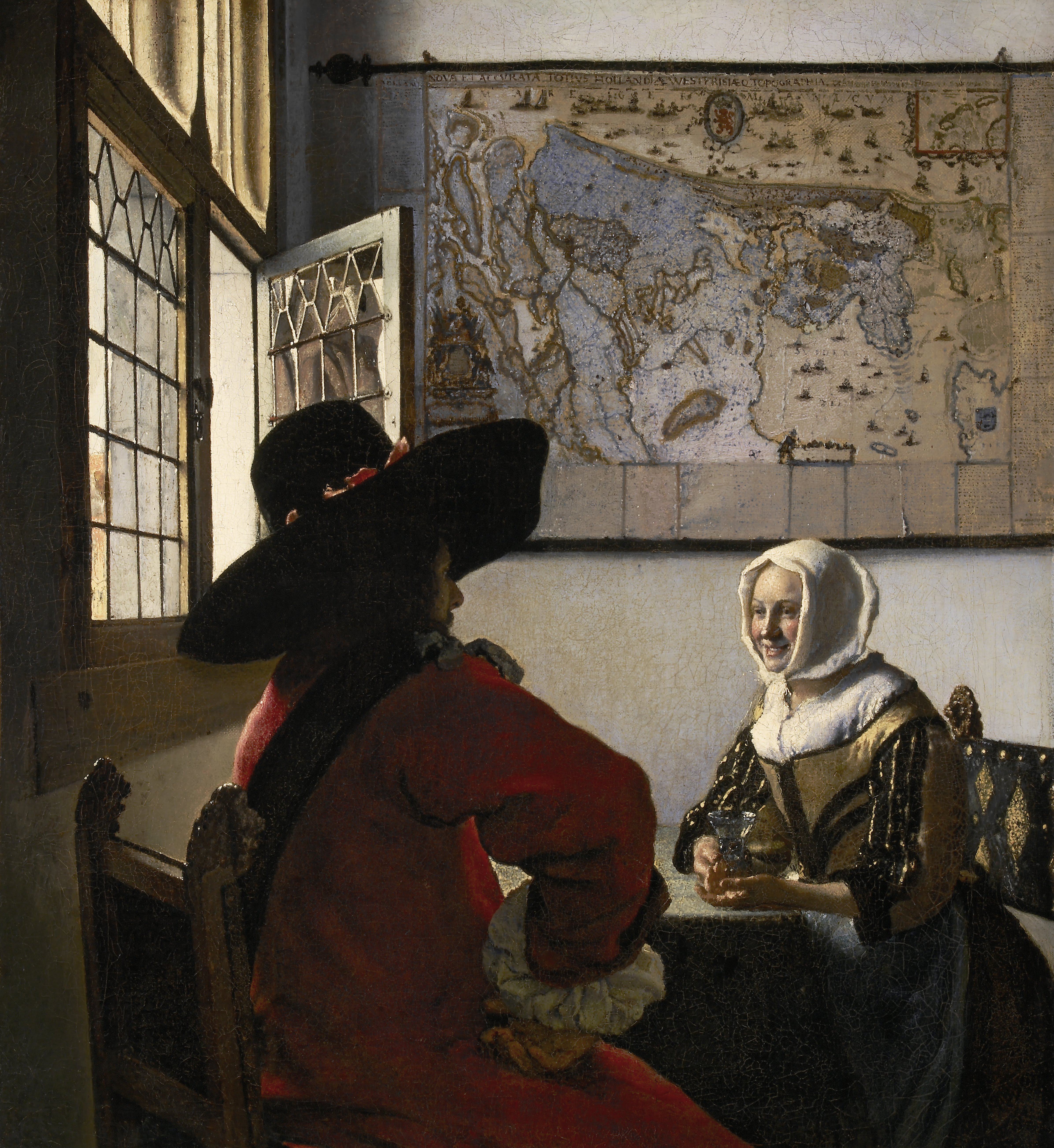
He was posthumously nicknamed the 'Master of Light' for the way he painted skin, cloth, and gemstone with otherworldly softness. His manipulation of light and shadow makes each canvas glow from within. His handling of texture, shadow, and glow, possibly enhanced by tools like the camera obscura, brought a cinematic softness to skin, cloth, and pearl.
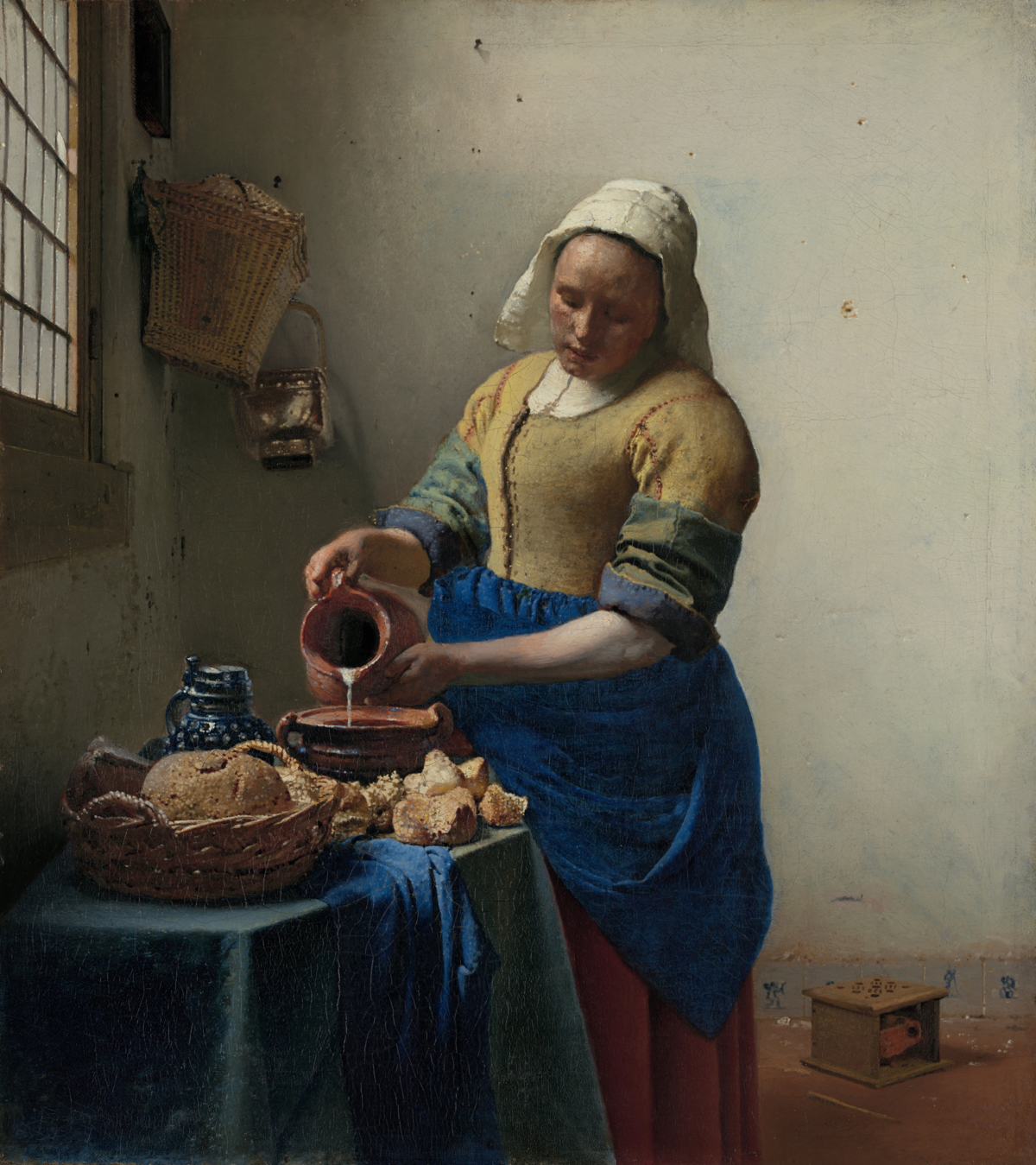
Vermeer’s palette was famously expensive and precise. He mixed lapis lazuli, carmine, and lead-tin yellow to create ethereal hues. Patron Pieter van Ruijven supported his artistic obsessions, but even that generosity couldn’t spare Vermeer from the debt that followed him to his early death at 43. Centuries later, his work endures — intimate, radiant, and quietly revolutionary.
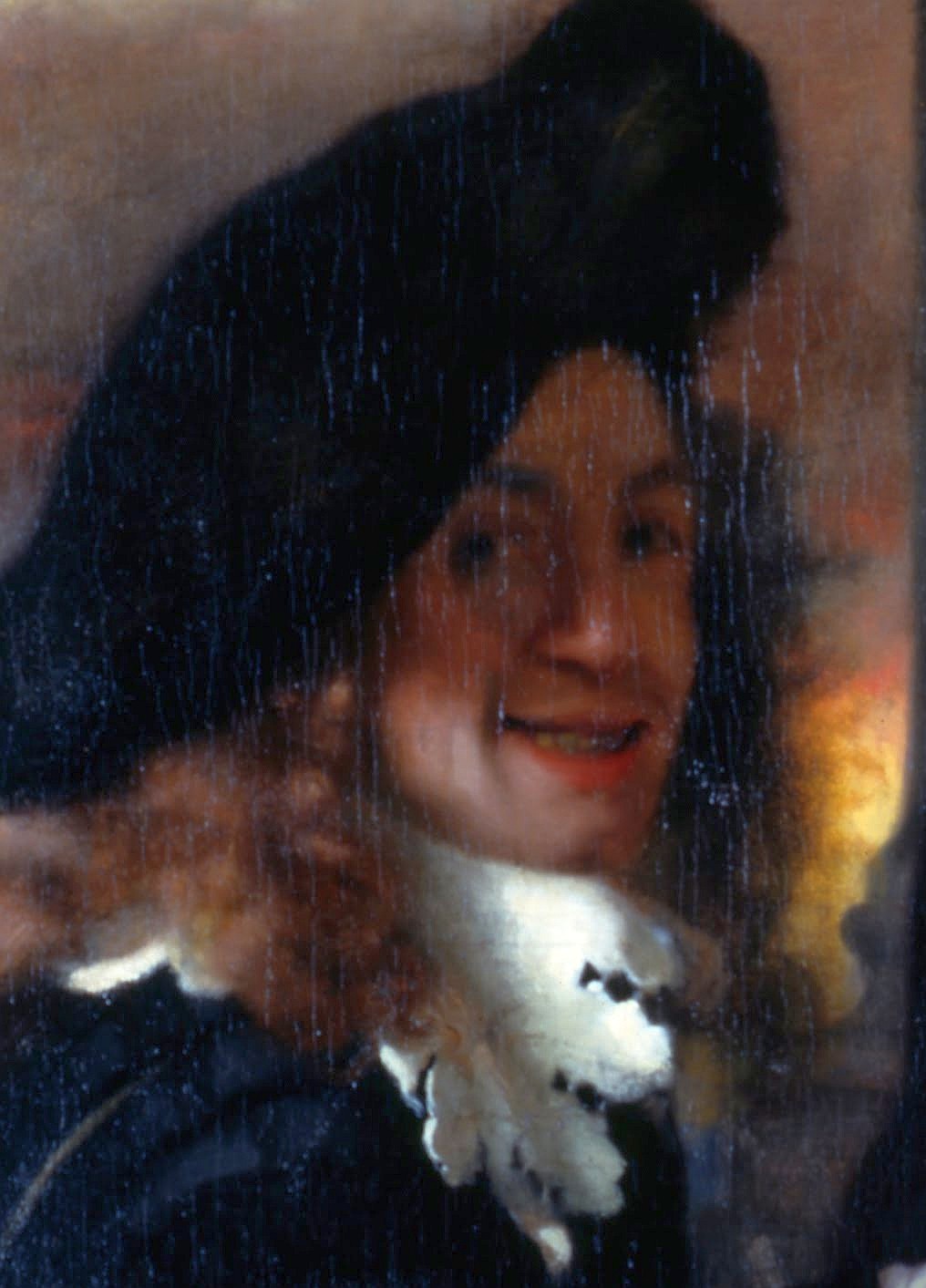
?
What makes Vermeer’s use of light so distinctive in the history of painting?
How do Vermeer’s genre scenes reflect 17th-century Dutch life and values?
Why might Vermeer have chosen to paint so few works in his lifetime?
How does 'The Art of Painting' serve as an allegory of artistic creation and national identity?
What might the quiet intimacy of Vermeer’s scenes reveal about his inner life or beliefs?
In what ways has Vermeer influenced contemporary artists and filmmakers?
How does the Girl with a Pearl Earring continue to captivate modern audiences?
Dig Deeper
A detailed analysis of Vermeer's 'The Art of Painting,' exploring its symbolism, illusionistic techniques, and significance as an allegory.
A TED-Ed video exploring the mystique and technical mastery behind Vermeer’s most famous painting.
Discover more

Rembrandt van Rijn
Rembrandt didn’t just paint people, he painted truth. He captured the flaws, feelings, and fleeting moments that make us human. His life reminds us that even when the world turns its back, honest expression has a power all its own.

Salvador Dalí
Dalí showed the world that imagination has no limits. By turning dreams into masterpieces, he dared us to embrace the strange, the surreal, and the deeply personal. His art reminds us that creativity isn't about following rules, it's about rewriting them.

Otto Dix
Otto Dix painted the madness others refused to see. His work doesn’t glorify war—it tears it open. With surgical detail and moral rage, he created images that continue to haunt, disturb, and confront. Dix reminds us that the artist’s duty is not just to make beauty, but to tell the truth—even when the truth is hideous.
Further Reading
Stay curious!
